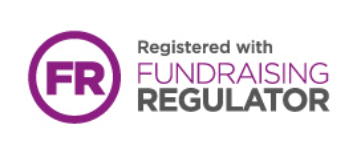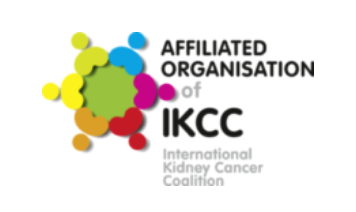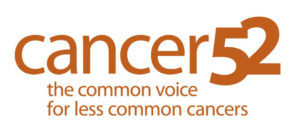Health technology appraisals
As the health service has limited money to spend, difficult choices have to be made about what treatments can be made routinely available; the decision to make a treatment available for one group of patients may result in a treatment being unavailable for another patient population.
To help guide the government on which treatments can be made routinely available on the NHS in England, Scotland, Wales and Northern Ireland, each new treatment is looked at in detail in a process called a health technology appraisal. Both the National Institute for Health and Care Excellence (NICE) and the Scottish Medicines Consortium (SMC) have detailed processes for the appraisal of new treatments:
NICE technology appraisals
A NICE technology appraisal recommends how new and existing treatments can be used within the NHS. The treatments being appraised can be:
- A new medicine
- A medical device, such as a hearing aid or an inhaler
- Diagnostic techniques, such as tests used to identify diseases
- Surgical procedures, such as repairing hernias
- Health promotion activities, such as ways of helping people with diabetes manage their condition.
NICE base their recommendations on a review of clinical and economic evidence.
- Clinical evidence shows how well the medicine or treatment works
- Economic evidence shows how well the medicine or treatment works in relation to how much it costs the NHS, in other words, does it represent value for money?
As well as the health and economic evidence submitted by the company who makes the treatment, NICE also takes into consideration evidence submitted by patients and patient groups to the appraisal committee to decide whether the treatment provides value for money on the NHS.
For a detailed overview of the NICE technology appraisal process, please visit the NICE technology appraisal website.
Wales and Northern Ireland often follow the advice of NICE with respect to the appraisal of new treatments.
SMC technology appraisals
Like NICE, the SMC Committee takes a range of factors into consideration when deciding whether to accept a new medicine under review. The committee considers the clinical and health economic evidence provided by the submitting company as well as evidence submitted by patient groups to decide whether the medicine provides value for money.
SMC evaluates every medicine submitted in terms of whether the benefits for patients may be considered an acceptable use of NHS resources.
The SMC does not only consider how much a medicine costs to buy, but the wider costs and benefits associated with it being regularly used to treat those with a particular condition, for example:
- What benefits the medicine offers compared to other currently available treatments
- The quality of life and amount of extra life that may be gained by patients using the new medicine
- How the medicine is administered (for example, does it require a visit to a clinic or can it be taken by the patient at home?)
- Will it save money downstream, for example if the patient will have fewer hospital admissions due to complications from their condition, and
- If there are any additional GP/other healthcare professional visits required.
For medicines used at the end of life and for very rare conditions, if the preliminary advice is to not recommend the medicine, the pharmaceutical company may ask for the medicine to be considered at a Patient and Clinician Engagement (PACE) meeting. This additional step allows the SMC to hear more evidence from patient groups and clinicians on the added value of a medicine which may not always be captured in the company’s submission. At this stage the company can also submit or improve a Patient Access Scheme (PAS), which can help to improve the value for money of the medicine. The output from a PACE meeting is a major factor in SMC decision making.
For more information about the SMC technology appraisal please visit their website here.


